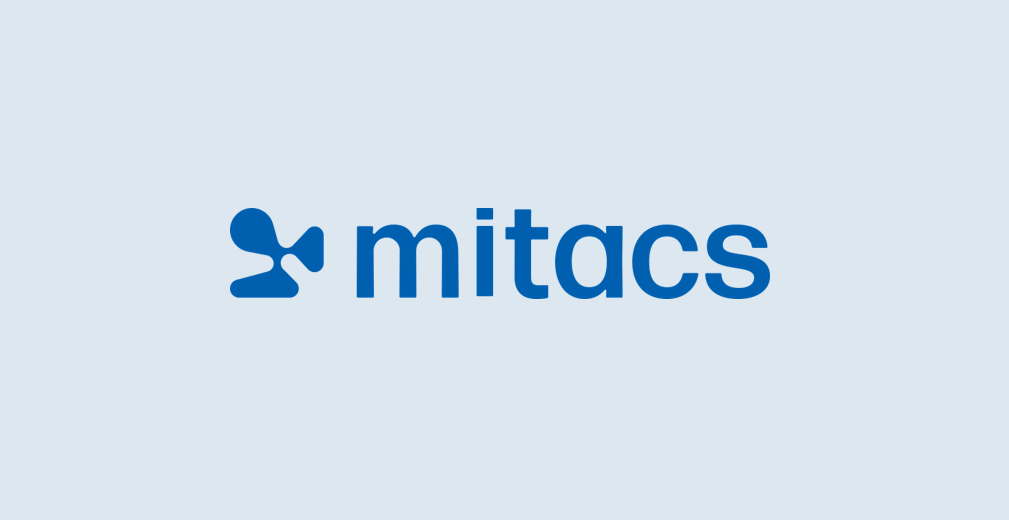
Measuring the workout intensity and duration is necessary to judge training effectiveness. For instance, a training modality called high intensity interval training (HIIT), involves exercising for short intervals with maximum intensity combined with longer low-intensity recovery intervals. This form of training would help the metabolism to use more fat as fuel, improving athletic endurance, and […]
Read More